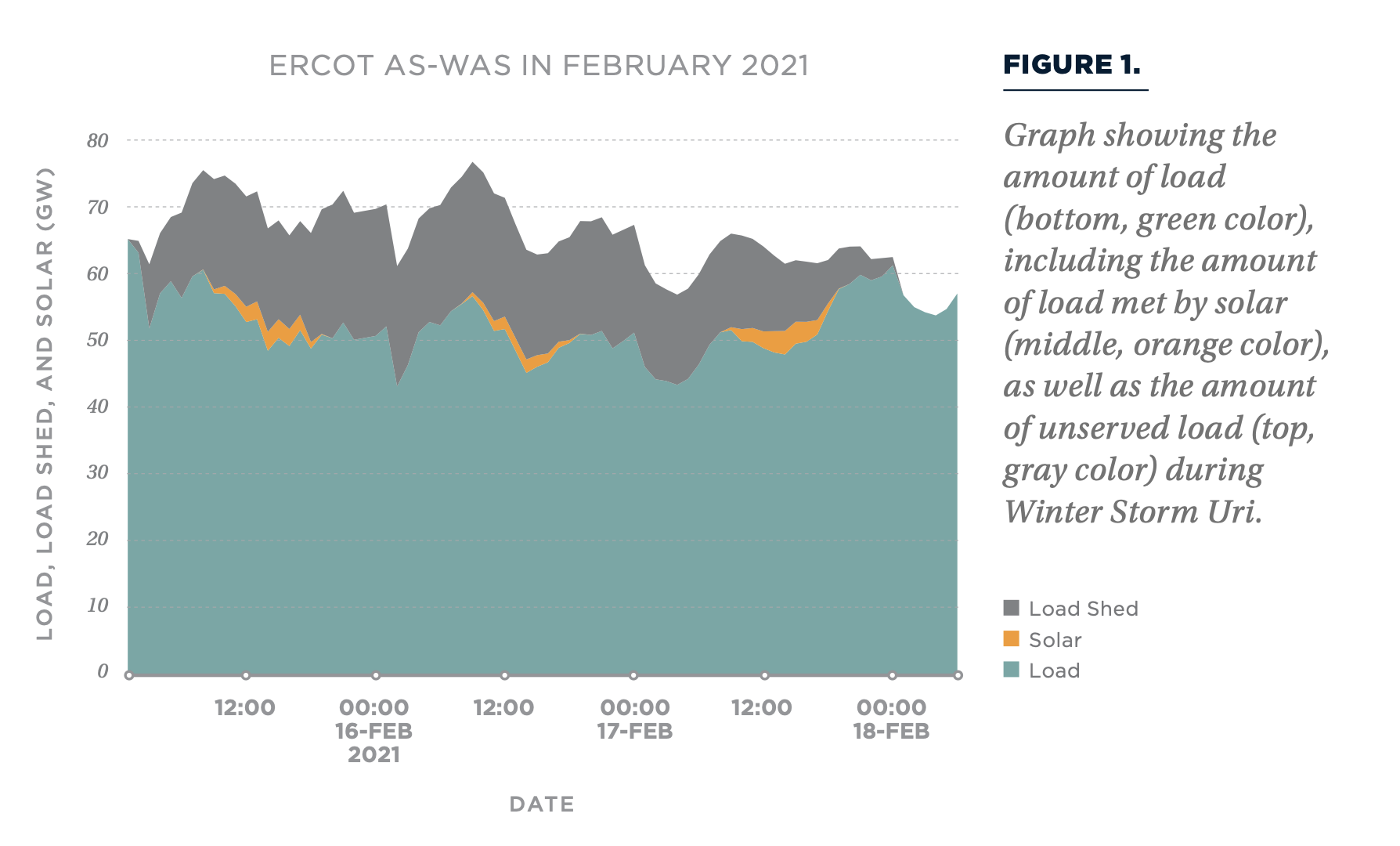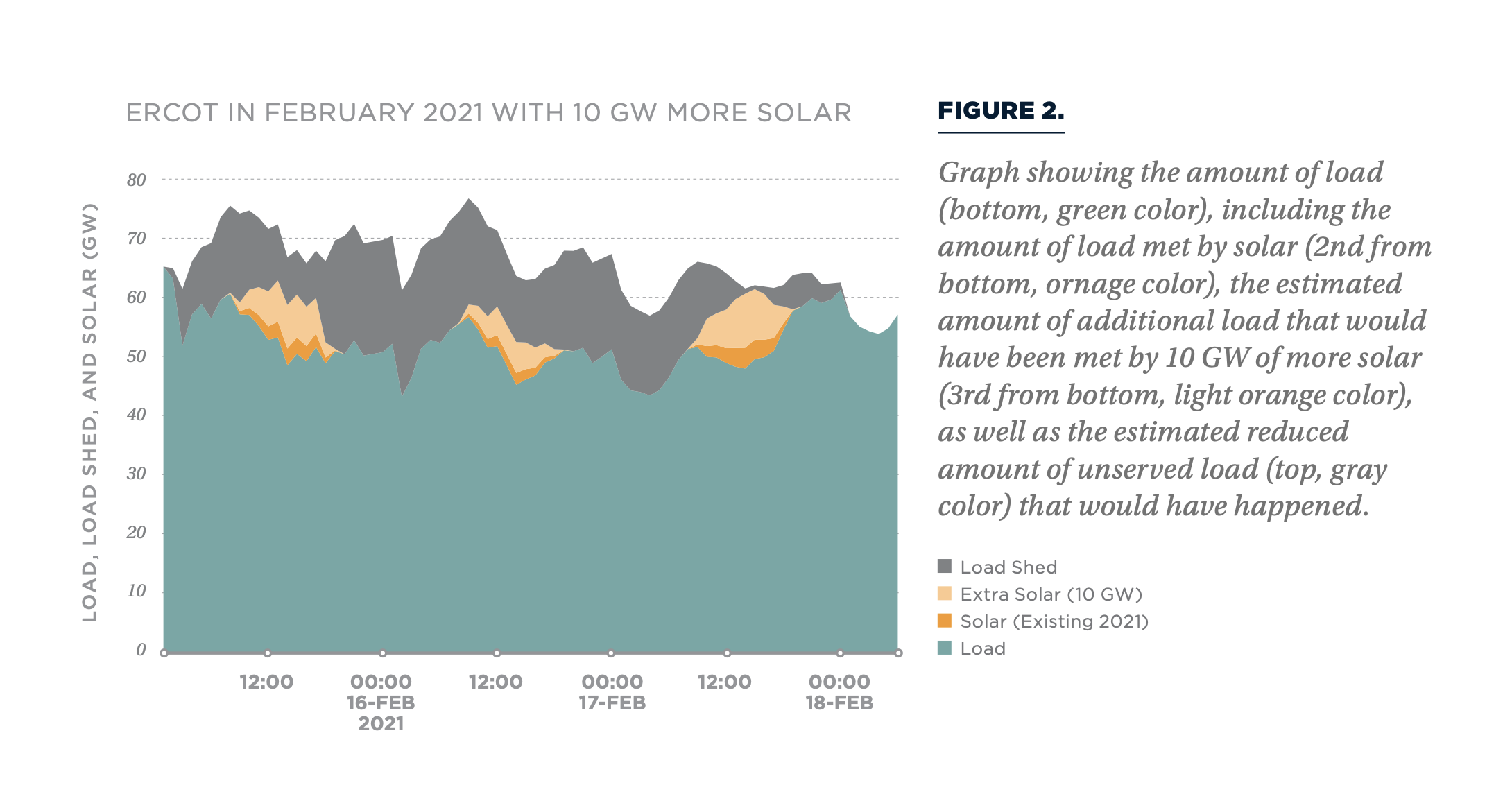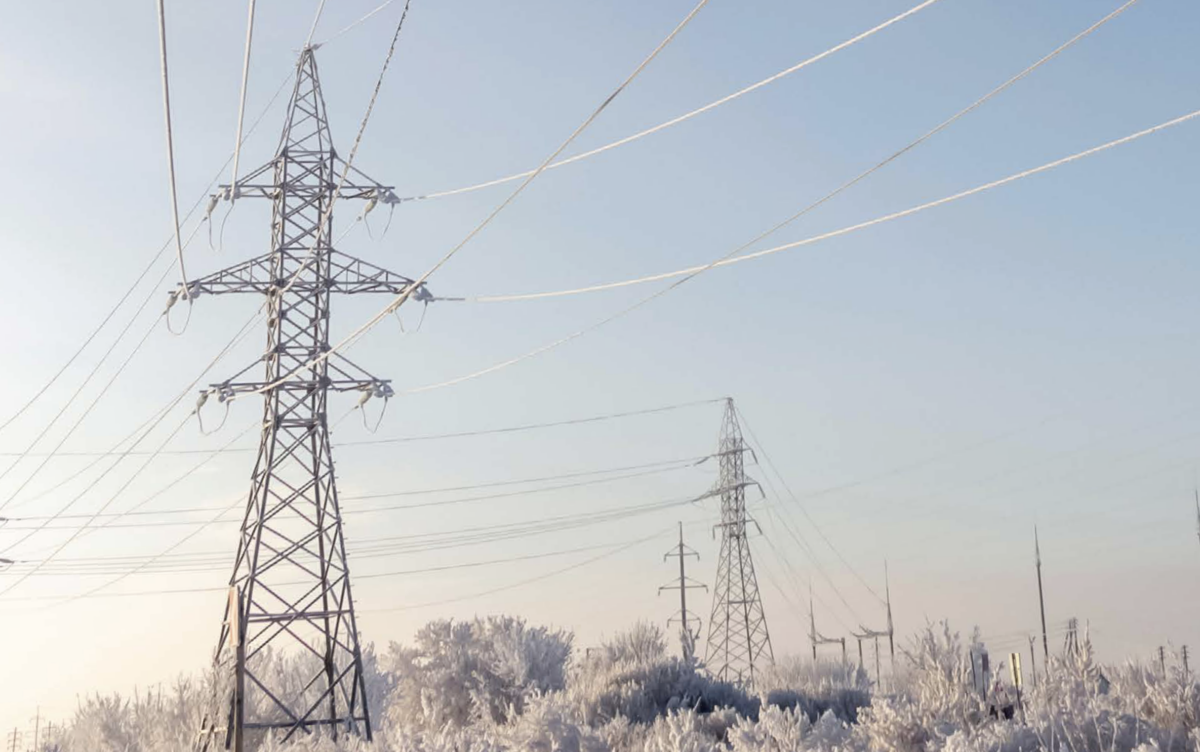Winter Storm Uri of February 2021 resulted in the worst blackouts in recent domestic history. Unusually freezing temperatures in Texas and an aging grid largely reliant on finite energy sources left many residents across the state’s 254 counties without heating and water for several days.
An analysis by electricity grid forum GridLab and energy systems consulting company IdeaSmiths found that the high demand and low supply of energy pushed state grid operator Electric Reliability Council of Texas (ERCOT) to call for 20,000 MW of load shed, which cost over $100 billion in power generation expenses as well as infrastructure damage costs. This is due to the loss of over 50,000 MW of power plant capacity and 30,000 MW of natural gas, coal and nuclear capacity.
To understand how an additional 10 GW of utility-scale solar could have decreased the risk of blackouts and associated infrastructure damage, GridLab and IdeaSmiths conducted a study. The findings suggest that while additional solar power wouldn’t have stopped the blackouts, it could have provided one million homes with four to eight hours of electricity each day throughout the storm.
“While dealing with daily outages would still have been challenging, having power for at least part of the day would have made the storm much more bearable and potentially much less costly and deadly,” the study reports.
According to ERCOT, the state’s existing solar fleet at the time contributed 56,000 MWh of the total 4.1 million MWh of energy provided to residents during Winter Storm Uri. However, adding 10 GW of solar-powered electricity would have contributed an additional 150,000 MWh of energy.
“In this scenario, the amount of unserved load drops by almost 15% to about 850,000 MWh,” the study said.

Load shed during Winter Storm Uri without additional solar.

Decreased load shed during Winter Storm Uri with additional solar.
Moreover, the analysis found that the additional solar generation would cover 25% of the total load shed for at least four hours on the worst storm day. During the first day of outages, the extra 10 GW could have reduced the load shed over six hours by a third. This figure would change by half a reduction in load shed during the last day of outages.
The report does not take into account energy storage. It assumes the additional solar is only available while the panels produce electricity. While shorter winter days experience less sunlight, thus making smaller amounts of energy when compared to the summer (approximately 40% to 60% less, according to New York State solar power provider Lighthouse Solar), solar was one of the only forms of generation that continuously exceeded ERCOT’s worst-case expected output during the storm, said Joshua Rhodes, a research scientist at The University of Texas at Austin and CTO of IdeaSmiths.
According to energy analysis and management platform Enverus, ERCOT forecasted a load reach of 75.8 GW during Winter Storm Uri.
The report states that Texas has added almost 16 GW of solar power to its grid since Winter Storm Uri. The state now leads the country in solar development, as the Solar Energy Industries Association announced a 36 GW build-out early last month. The additional infrastructure is key to decreasing the risks of blackouts and grid congestion this season, as the Texas Farm Bureau forecasts another unseasonably cold and stormy winter due to El Nino brewing in the second half of 2023.
This content is protected by copyright and may not be reused. If you want to cooperate with us and would like to reuse some of our content, please contact: editors@pv-magazine.com.








By submitting this form you agree to pv magazine using your data for the purposes of publishing your comment.
Your personal data will only be disclosed or otherwise transmitted to third parties for the purposes of spam filtering or if this is necessary for technical maintenance of the website. Any other transfer to third parties will not take place unless this is justified on the basis of applicable data protection regulations or if pv magazine is legally obliged to do so.
You may revoke this consent at any time with effect for the future, in which case your personal data will be deleted immediately. Otherwise, your data will be deleted if pv magazine has processed your request or the purpose of data storage is fulfilled.
Further information on data privacy can be found in our Data Protection Policy.